Job Application Tracker [The Best Ones Reviewed]
Job searches have become longer than ever. It seems the more technology is inserted into the process, the more drawn out job searching becomes. Ironically, it now makes more sense than ever to use tech to track your job applications because of it. With the average job search taking 8 months now, it’s incredibly important to stay organized and know where you’ve been and where you haven’t.
Over the past few years, I’ve seen some great job application trackers come onto the market, many of them free. Today I’m rounding up the good ones for you to check out.
What Is a Job Application Tracker?
If you’ve ever worked in sales or customer service, think of a job application tracker as your job search CRM or ticketing system. I like to think of it as an ATS for job seekers. Instead of an applicant tracking system, it’s an application tracking system. Recruiters use applicant tracking systems all the time to stay organized and I think it is just as useful on the other side for job seekers to have something similar.
Most trackers will store your job applications, resumes, interview notes, and details in an easy-to-find place that is organized. Many also provide analytics so you can see what efforts are producing the best results and do more of those.
Should You Use a Job Application Tracker?
I’m always bewildered by how unorganized job searches are. If you were in charge of a project at work, you would start with a plan. You would figure out who needed to be involved, what needed to be done, when it needed to be done, and have a system to track it all.
Yet when we conduct a job search for ourselves, all those skills seem to be tossed out the window. You have skills, use them. Part of that is using a JAT (job application tracker).
Here’s why I think most people should use one.
Save Time
When you’re organized, you can save a lot of time. When you get an interview request, you can easily go to your JAT, and pull up notes, previous conversations, the job listing, and the exact resume you used to apply. You can then save your interview notes in the same place as the job.
Productivity
Some JATs have AI features that can help streamline your efforts. But even if they don’t, wouldn’t it be nice to know if you’ve already applied for a job rather than spend the time doing it twice because you can’t remember?
Let’s say a job is reposted a month later and you had an email exchange with the recruiter a month ago after you applied but it didn’t go anywhere. Why spend your time applying again? You can simply email the recruiter. And a JAT makes that easy because you know what you’ve already done. Plus many will store contact information as well making it easy to fire off a quick email.
Know Where to Spend Your Time
Many JATs will have an analytics component to them. You can see data and trends. Perhaps one job board is providing much better results; you’re going on more interviews when you use it. A tracker can show you this type of information.
It may also show you that networking with certain people is helping you gain traction, while other activities are not. With data you can make smart, educated decisions that will shorten your job search.
Those are just a few that come to mind. I’m sure there are more. But I think I’ve made my point.
What Makes a Good Job Tracker?
What makes a good job tracker for you may be different from mine. Everyone conducts job searches slightly different from one another, but here are the things that I put a value on.
Easy to Use Interface
Ability to See Analytics About My Efforts
Easy to See the Big Picture and Where Each of My Jobs Is in the Pipeline
Ability to Customize Features to Meet My Needs
Those are the big ones that I keep in mind as I review each of the trackers below.
Huntr Job Application Tracker
This is my top pick. If I was conducting a job search, I would spend money on this app without a second thought. It also has other features like a Resume AI which you can review here, but let’s just focus on the JAT part.
Why I like Huntr
First, it’s built as a Kanban board. You can visually see exactly where your progress is on each job and drag and drop jobs around. It’s the easiest way to get a bird’s eye view and find things quickly.
It has more customization than the other JATs that I reviewed. You can create custom categories and statuses. Huntr launched their product with only a job tracker, so it’s no surprise that they’re really good at this.
They have a Chrome extension which makes it quick and easy to find jobs on any job board and add them (along with the details) to your JAT.
You can have multiple job trackers. You can save old job searches and revisit that data in years to come. You can also set up multiple trackers for different job targets. If I wanted to pursue both SEO jobs and recruiting jobs, I could set up two job trackers so that information is organized in two separate places making it easier to work with.
After you add a job, it will take you to an AI-powered insights tab. A few other JATs have this as well, but I’ve found Huntr to be the most accurate with listing relevant keywords and qualifications. One thing I like about this one is that it will create a summary of responsibilities and qualifications based on the job description and list them at the top for you.
When you open a Kanban card you can view and edit the job. I appreciated how simple it was to use this app. You can log activities such as applications and interviews. I also liked that you can color code jobs so they show up a certain color on the Kanban board.
Under the activities tab, you can log or schedule future activities. Then when you go back to your Kanban board, you can see all the activities you have scheduled and go through and check them off on the days you should do them. It was all very easy to use.
Huntr is one of the best programs that pulls data from the internet. Most of the time when you start typing in a company name, it will find it and pull other information into your dashboard including things like Alexa rankings.
There is also a timeline of activities for each job on the right-hand side. I loved this because I could quickly see visually what I did and when. I had the exact same thing in the last ATS I used as a recruiter and this feature is super helpful.
Each job has a documents tab as well where you can attach any custom resumes that you may have created. If you changed some things specifically for this job, you’ll never have to wonder what version of your resume you applied with because it’s saved with each job.
It has an easy-to-use contacts section which has direct links to emails and social media accounts. You can schedule networking activities with contacts and you can link contacts to relevant jobs.
Huntr has a neat map feature that will show me where all the jobs I’ve applied to are located. If you’re looking at hybrid or in-person work environments, this is helpful to see how far all of them are from your house.
Finally, Huntr has the most robust reporting dashboard that I’ve ever seen. Every week, I like to reflect on what I did, what worked, and what didn’t work. This helps me improve my job search. Huntr offers a KPI dashboard that shows your activities, job status, and other items which can be super useful for those of you like me with an analytical mind.
Opportunities For Improvement
I don’t have a lot of suggestions for Huntr’s job application tracker. It’s really good, arguably the best. The only area that could use some improvement is the AI tools that pop up with each job card. They have a lot of AI tools that can help with interview preparation, salary negotiation, and writing emails for different situations.
One thing I do love about Huntr is how much they love and value feedback. These tools have improved a lot over the past year and I expect they will continue to do so. But if you use them, make sure you still write in your own voice.
Another thing that I wish this app could do was link activities with contacts. If I am interviewing with someone or meeting with someone for networking, you can only link it back to the job currently. I would be super helpful to also have a link back to a contact and show the activities that I’ve completed with that specific contact.
If you want to try Huntr for free, click here.
Teal Job Application Tracker
If you prefer to look at your data in a table format instead of a Kanban board, then Teal is the JAT that I would suggest you use.
Why I like Teal
Teal shows your jobs in a table format with a pipeline overview at the top. I enjoy the simple overview they have because it’s easy to quickly see how many jobs I have in progress and at which stage they are. For me, that can be incredibly motivating.
Teal, like most other JATs, has a chrome extension that makes it easy to add jobs. It’s a one-click process. And even manually adding jobs is easy and straightforward.
Each job has a notes tab where you can jot down anything that you want to remember later. This is super helpful. I can write down notes about interactions with people or something I found online about the company prior to an interview.
It also has a separate documents tab where you can attach the specific resume you used to apply. This makes it easy to reference for interviews or print it off if you need a paper copy for an in-person interview.
Like Huntr, Teal also has a contacts tab where you can add and associate people with certain jobs. These could be former employees that you’ve talked to, hiring managers, potential employers, or influencers at the company.
Teal’s contact database is much more robust than all the others. I can select a status and relationship for each contact and add follow-up dates to my contacts.
One thing that is unique to Teal is the star rating system for excitement. In the top right of every job card is 5 stars where you can select how interested you are in a job. You can then filter your table on the main dashboard by these ratings.
Opportunities For Improvement
After you add a job, Teal will give you insights on keywords similar to Huntr. However, it seems that Teal’s AI capabilities have struggled to keep up. A majority of the suggestions Teal gives me for hard and soft skills are wrong. While those words are in the job listings, they’re not the words I would focus on and following these suggestions usually results in a pretty generic resume.
I hate that there isn’t an activities list. You can schedule “follow-ups” but that’s it. You can’t schedule what you want to follow up on or whether you want to reach out to someone for a networking meeting - nothing! I think this is due to Teal’s methodology behind job searching, which is very cookie-cutter, email the heck out of someone every week until they respond. By the way, I don’t recommend that.
Teal also offers email templates for networking and referrals. I would say use them for inspiration but don’t use them as is. They just sound funny and very AI-like. If you write an email, write it the same way you would talk professionally. No one walks into a room and says, “Greetings friends and colleagues” so why would you open an email with that. Yet that’s what Teal suggests on some of these templates.
Teal also has a checklist of tasks to complete on each job. If you follow these for every job you will burn yourself out and waste a lot of time. It’s not that the tasks are bad ideas, it’s just that I wouldn’t do all of them for every job.
For example, it says that for every job you should find someone who works there and add them as a contact. Yes, that might be a good practice, but if you do that for every job, you’ll go mad. Prioritize the jobs you want to go the extra mile for, but there are a lot of jobs you won’t and that’s ok.
One of the next steps in the checklist is to set up an informational interview. That’s great if you’re a career changer or new to the workforce. But it’s highly inappropriate if you’re a senior manager. Can you imagine the CFO of a company asking another CFO for an informational interview? What kind of message do you think that is sending?
Do the tasks you think make sense for you, skip the others.
Overall, I found Teal a bit too rigid for my taste. It has a very generic job search plan set up with minimal customization. No two job searches are the same and I wish they allowed for more flexibility in their JAT the same way they do for their Resume AI.
If you want to try Teal for free, click here.
LoopCV Job Application Tracker
This is a UK-based company and is very different from all the others because it has auto-apply features. I’ve always been skeptical of auto-apply tools, but this one I approved of.
Why I like LoopCV
When you sign up, you have to create a “loop.” You tell the app the job title you’re looking for, and the locations you’re willing to work in, and you can select job boards for it to scan for you. Most of the job boards are smaller independent ones.
Once you’ve done that you can upload your resume and answer a few more questions (it’s a pretty quick process).
Finally, you’ll sample a handful of email templates for outreach and applications, customize them for your own voice, and save them. The email templates aren’t the greatest, but because you can customize it, you can make it your own - I appreciated this.
LoopCV will then scan job boards for matching jobs and dump them into your job tracker. You can turn on auto-apply if you want the app to use your custom email and resume to apply for jobs, but this is 100% optional. I recommend trying it with it turned off first and see if the jobs are a good fit. You can manually apply as well through the app.
One thing I liked was that you could select how closely the jobs match your criteria. You can tell it only those jobs that meet exactly what you’re looking for or you can loosen the parameters and give the app more freedom.
Like others, they have a Chrome extension, so you can find jobs on your own and easily add them to your tracker.
The job tracker itself is very simple and much less robust than Teal or Huntr, but because of the features of the auto-apply or auto-find job, I thought it was worth including.
Opportunities For Improvement
While you can manually enter jobs, the information you can save is very basic. I wish it had more fields and the ability to track and schedule activities. This app is only focused on jobs and applications, and not what comes after that.
You also can’t attach a custom resume to the job which I thought was disappointing. It assumes you will use the same resume for every job. And for some of us that will work out fine, but if you have multiple job targets, that’s not going to work out so well. I suppose you could set up multiple loops with their own boards to solve that, but I’m not sure how efficient that is.
Overall, I would still try this JAT out for the loops and job aggregation that could show you jobs you haven’t seen yet. It’s also free to get started by clicking here.
Careerflow Job Application Tracker
Careerflow was created by an Ex-Apple engineer and an ex-technical recruiter. From my interaction using the app, it’s pretty good.
Why I like Careerflow
Careerflow organizes all your jobs in a Kanban board like many others. Obviously, you all know this is my preferred format. I’m a visual guy. If that’s you too, consider this app.
Like most other JATs, there is a chrome extension to quickly add jobs to your database. Adding new jobs manually or with the extension is pretty easy and straightforward.
Like Huntr, each job has a timeline of activities on the right hand side which makes it easy to visually see what you’ve done regarding the job and when. I appreciate that.
I found that the contacts tabs had much better choices for relationships than most other JATs. This would help someone like me keep those contacts organized more easily. You can also schedule sensible follow-up activities with contacts such as interviews, networking, referrals, or research.
Like most of the good ones I’ve already mentioned, this app lets you attach unique resumes to each job so you always know what version you sent to each company.
Opportunities For Improvement
Unlike Huntr and some of the others, Careerflow doesn’t allow for a lot of customization. The Kanban board covers the basics, but you can’t change the setup at all.
The app identifies top skills from job listings, but like some of the others I reviewed, it wasn’t always the most accurate in focusing on what I would consider important for some jobs. Use it, but be skeptical.
Careerflow has the opposite problem from Teal. While Teal offers a lot of guidance and is too rigid, Careerflow offers no guidance on what tasks you might want to schedule with individuals or when to do any activities. I wish they had a little bit more of this.
You can try Careerflow for free by clicking here.
Notion Job Application Tracker
Notion is used for a lot of things, but there are some decent JATs created by users that you can download and use through the app. None of them are as robust as Huntr or Teal, but if you prefer a simpler way of doing things, this may be an option.
Why I like Notion
The JAT created by Andre Plaut is a table view of jobs and has prebuilt statuses that make a lot of sense. You can even switch it to a Kanban view sorted by status. So if you sometimes like tables and sometimes like Kanban, you can get both with this one.
The template allows you to attach a PDF file so you can keep your resumes and cover letters organized.
Because it’s built with Notion, it’s completely customizable. If you know how to work the program fairly well, you can do just about anything with this template.
Andre also created custom tags you can assign to jobs and then filter with which makes sorting easier.
Opportunities For Improvement
Because this template is 100% customizable, I doubt it’s going to change much.
But one thing that drove me mad was that there was no field or spot to enter in a job description or notes. I would think that would be really important. While you can add a URL to a job, we all know that those URLs disappear often, so it’s always best to save the job details in your tracker.
If you want to download Andre’s template, you can do so here. You will need the Notion app to make it work.
Hello, World!
Job Application Trackers Others Recommend That I Didn’t Like
There’s a lot of stuff out there on the internet. Much of it is written with low integrity to just make a buck. That’s why I’m also including this list of trackers that I did try but didn’t like enough to recommend - just in case you come across someone trying to sell you on one of them.
Wonsulting Job Application Tracker
It was a Kanban board that wanted to connect to my Gmail account to scan for job-related emails to add to my tracker. I didn’t really like that. It also didn’t have any ability to add contacts and manage networking. It was just too basic.
Career.io Job Application Tracker
I don’t know much about it because I stopped using it after a few minutes. It was really glitchy and didn’t work well. I just wanted to bang my head into the computer trying to use it.
Job Cull Application Tracker
This was just a big list of jobs. It wasn’t organized at all. I also found the app very basic.
Job Scan Tracker
Most people know Job Scan for its resume keyword-matching app. But built into that program is also a job tracker. It wasn’t terrible, but it was a little too basic for me to put my faith in. There was no option to add contacts and many of the activities I would prefer to keep track of.
Have You Used a Job Application Tracker Not Listed Here?
If so, leave a comment or email me at hello@optimcareers.com. I would love to hear about your experience.
Job Tracker Recommended Reading
Best Job Search Websites to Use This Year (Coming Soon)
Cole Sperry has been a recruiter and resume writer since 2015, working with tens of thousands of job seekers, and hundreds of employers. Today Cole runs a boutique advisory firm consulting with dozens of recruiting firms and is the Managing Editor at OptimCareers.com. He has also been a stay at home dad for the past 7 years.



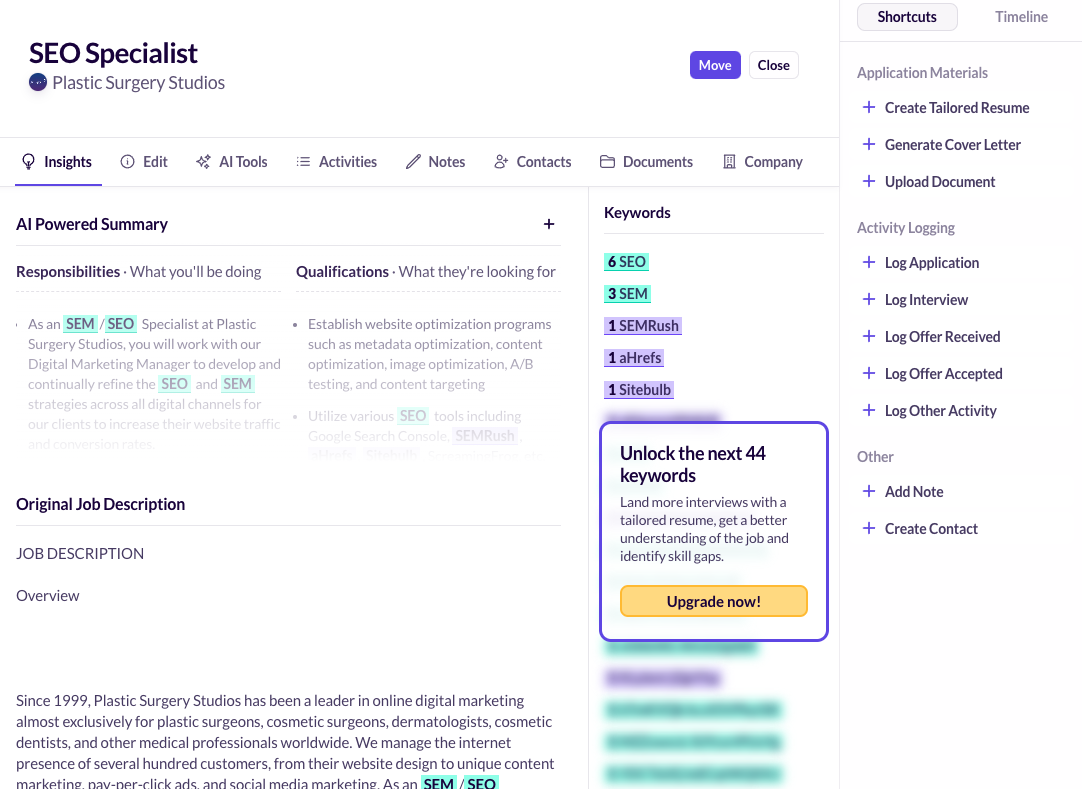
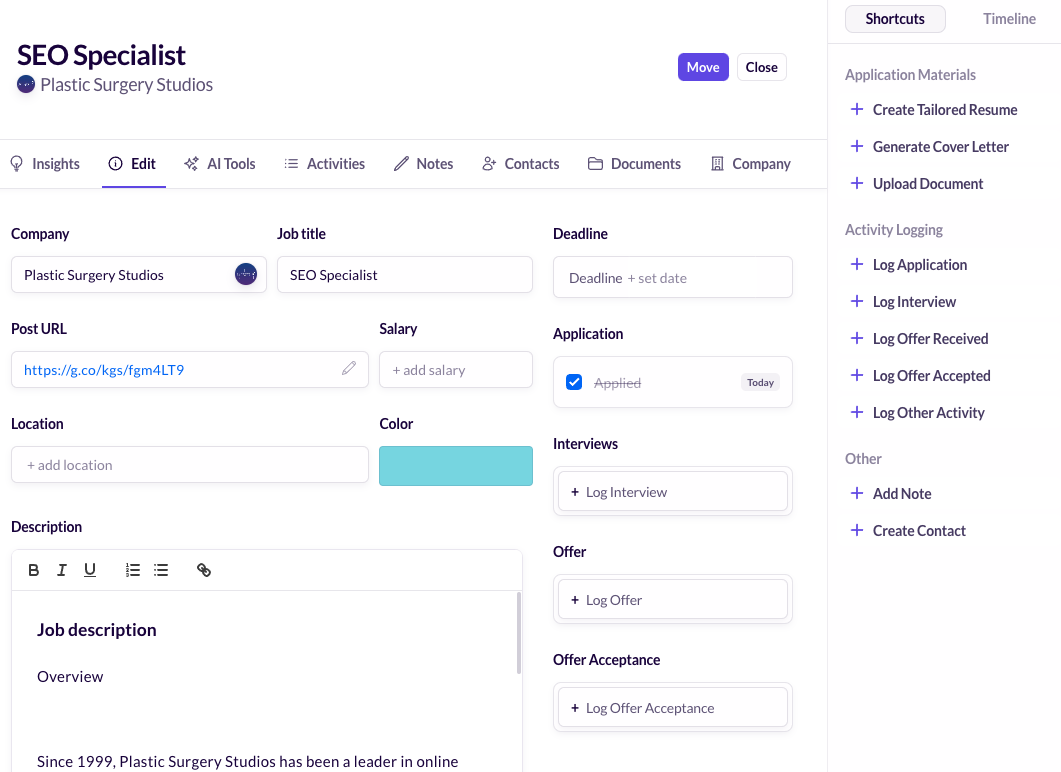

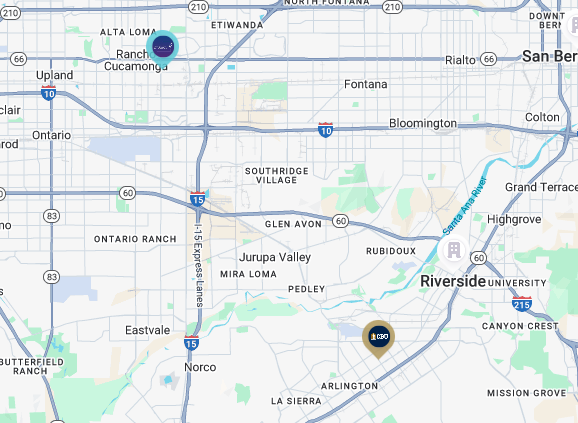
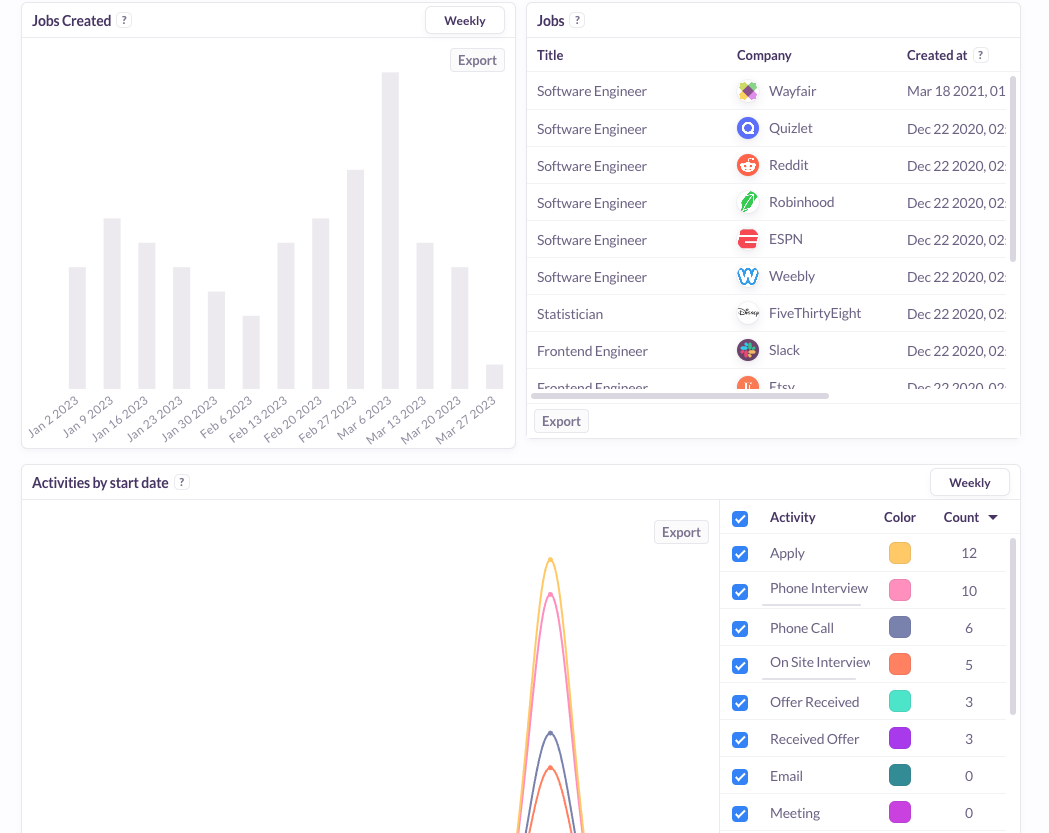


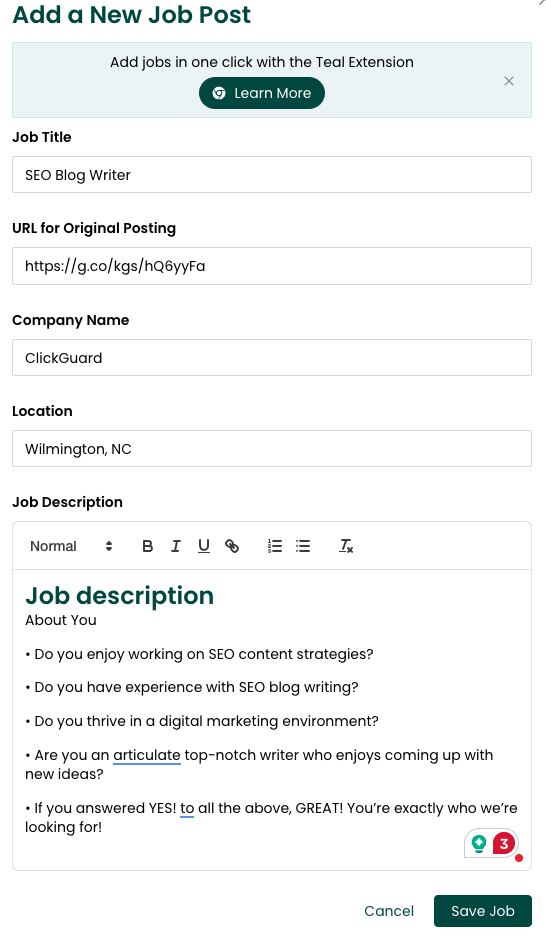


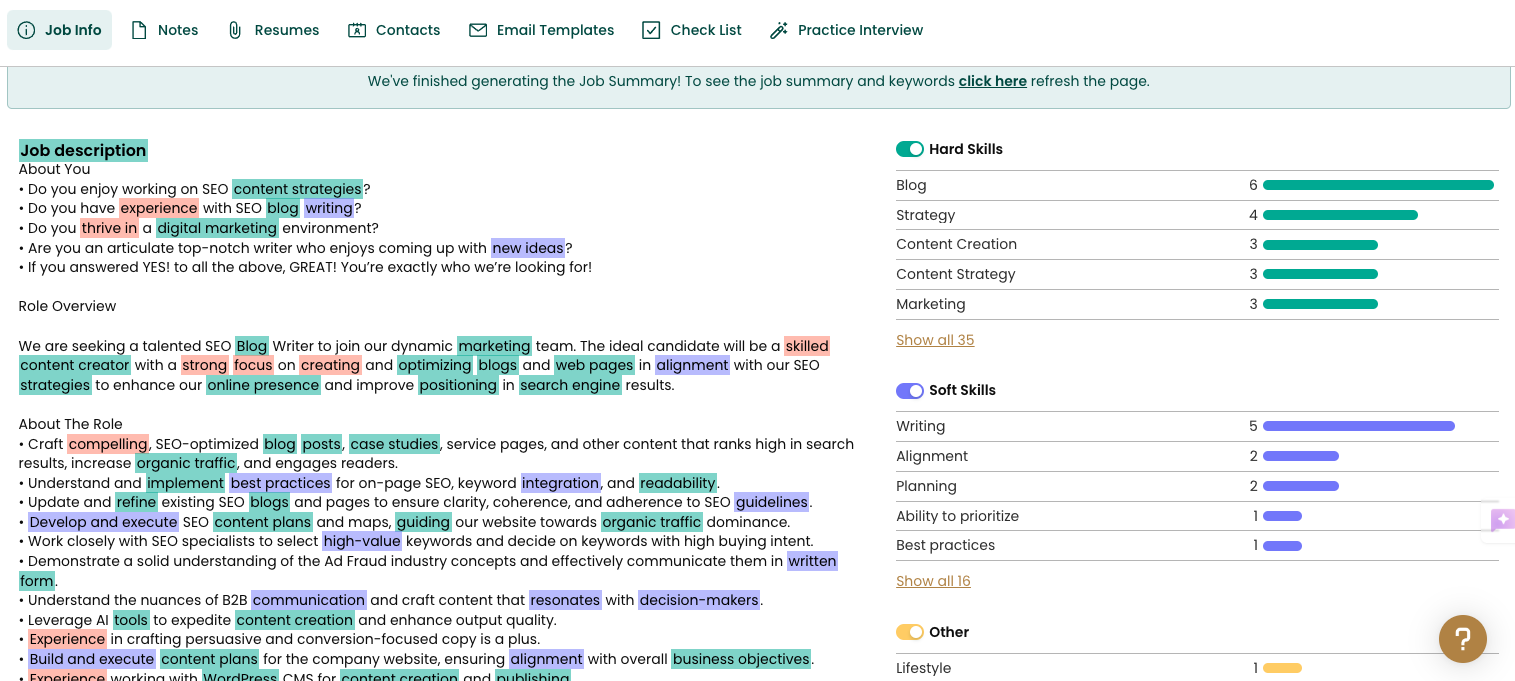
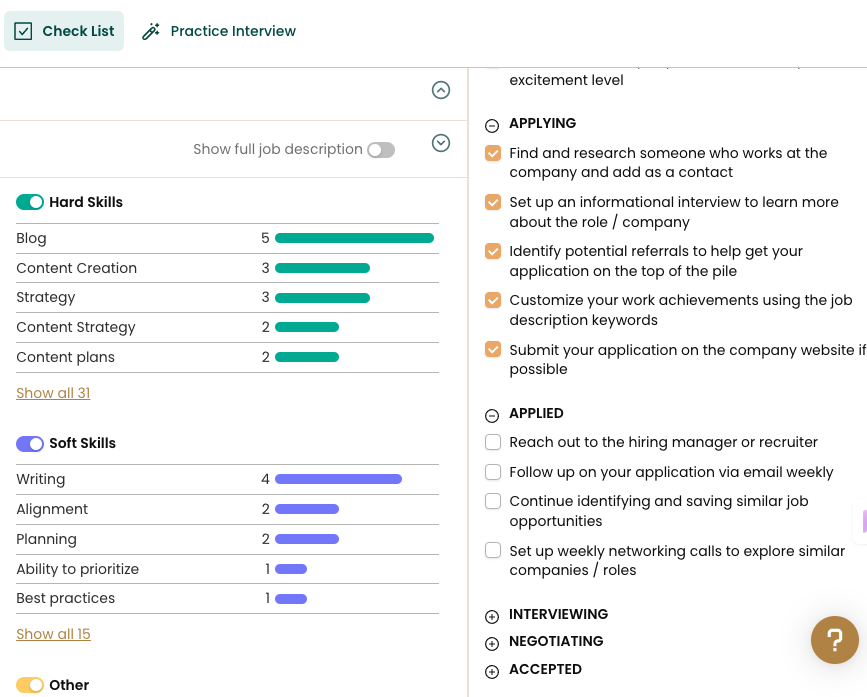


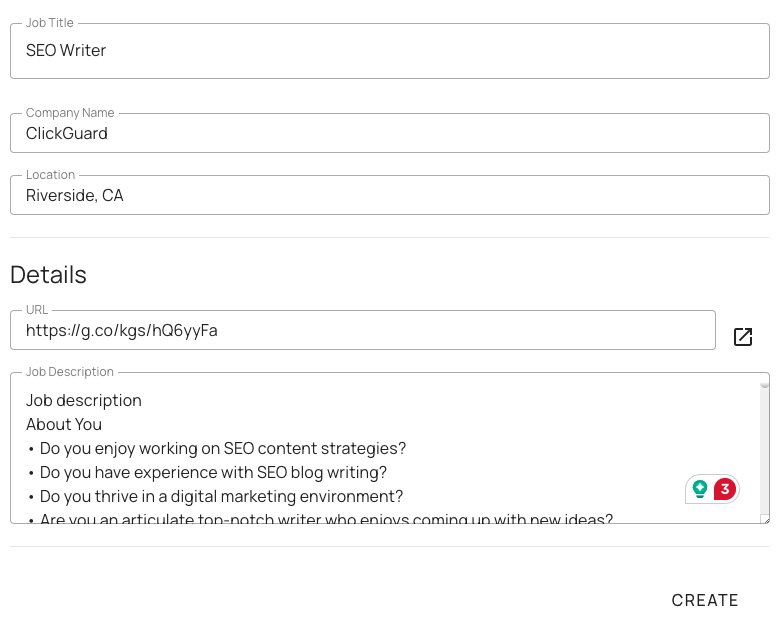

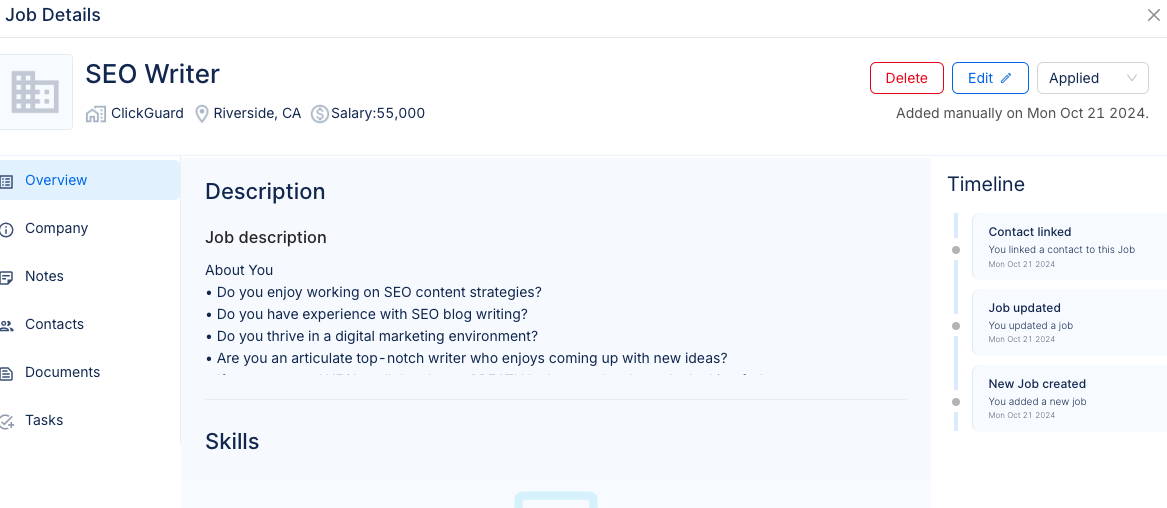













![Best Excuses to Work From Home [33 Word-for-Word Scripts]](https://images.squarespace-cdn.com/content/v1/5e7a582d35406e67f528c98d/44c72d68-466b-4532-be7e-1bdfdcce2adc/Best+Excuse+to+Work+From+Home.png)
The pattern is as predictable as champagne on New Year's Eve, and often about as short-lived.